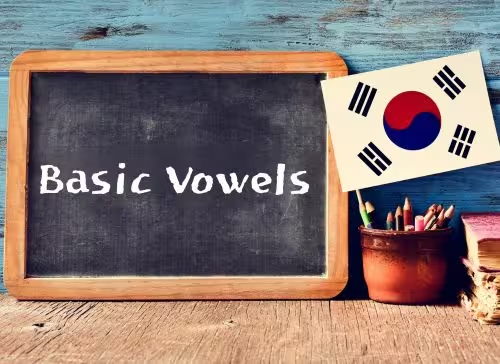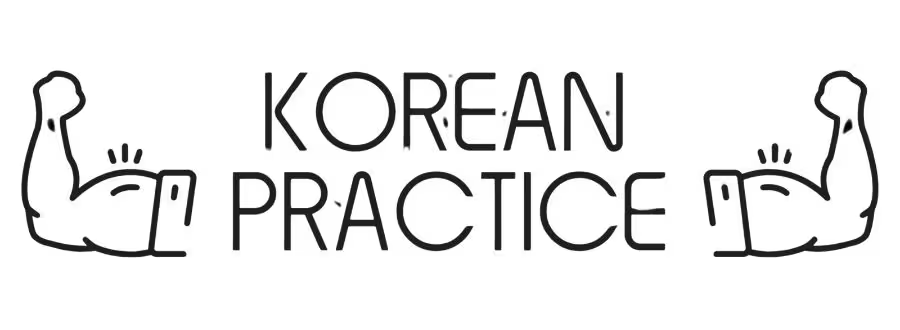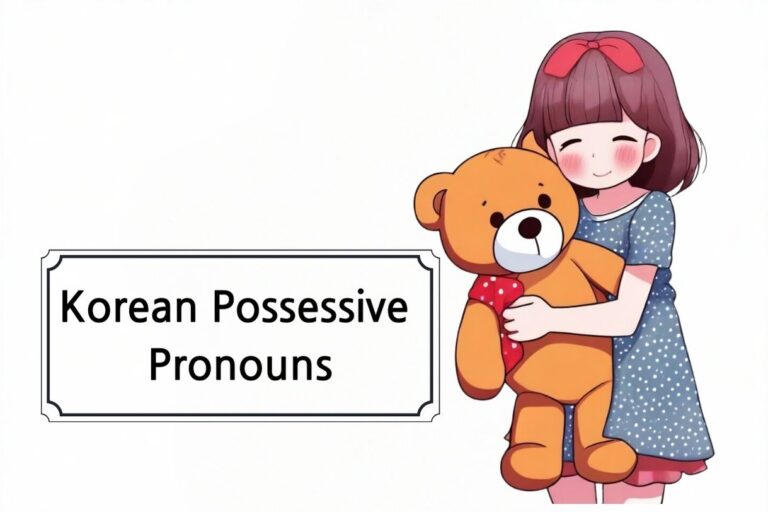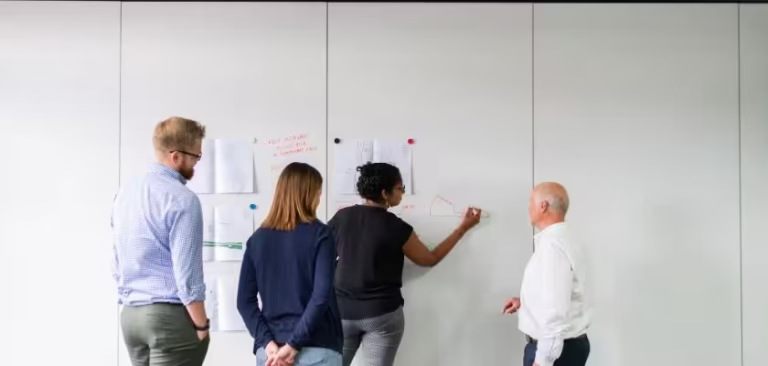Suh ChangWhoon
Written by 서 창훈, a certified Korean teacher with 14+ years of experience in Japan. He previously worked as a government officer, cybersecurity consultant, and English interpreter. Today, he teaches Korean in real classrooms without complex grammar explanations — instead, he trains students’ brains to speak naturally. His unique method is now the foundation of all his Korean courses.
Table of Contents
Korean Basic Vowels – Why Pronouncing Them Right Matters More Than You Think
When I started learning foreign languages, I realized one thing: pronunciation isn’t just about sounding good — it’s about being understood.
As a Korean teacher who’s taught for over 14 years in Japan, I’ve seen hundreds of students struggle with pronunciation, especially when it comes to vowels. And that’s why I want to emphasize something most beginners skip over:
👉 Mastering Korean basic vowels is not optional. It’s essential.
What Are Korean Basic Vowels?
Korean has 10 basic vowels, and all of them share one visual clue: a long straight line.
| Korean | Pronunciation | Type |
|---|---|---|
| ㅏ | a | vertical |
| ㅑ | ya | vertical |
| ㅓ | eo | vertical |
| ㅕ | yeo | vertical |
| ㅣ | i | vertical |
| ㅗ | o | horizontal |
| ㅛ | yo | horizontal |
| ㅜ | u | horizontal |
| ㅠ | yu | horizontal |
| ㅡ | eu | horizontal |
These vowels form the core of the Korean alphabet, and how well you pronounce them now will affect everything you say later.
Korean Basic Vowels Pronunciation – My Teaching Experience
From my experience, basic vowels need clear, focused pronunciation practice.
Why? Because when students move on to diphthongs (like ㅐ, ㅔ, ㅚ), they often pronounce them incorrectly — but it usually doesn’t hurt communication much.
However, if your basic vowel pronunciation is off, you’ll be misunderstood again and again.
This small weakness becomes a big obstacle.
What I Tell My Students
Some of my students get obsessed with getting every vowel sound perfect. But I tell them:
“It’s okay to make mistakes — don’t obsess over one vowel. Practice words, not just sounds.”
And after trying the word, they must move on to sentences.
Because the real goal is not perfect pronunciation — it’s speaking Korean confidently.
Usually, when Korean teachers explain the basic Korean vowels, they practice each vowel pronunciation one by one and explain the order of writing vowels, but I ask students to pronounce them once, immediately teach them words, and ask them to make sentences. In other words, all my students start conversation from the first lesson.
Pronunciation takes time. You won’t master it in one week or even one month.
So I recommend this 3-step method:
Practice the vowel sound clearly
Use it in a word
Quickly move to a sentence
🔁 Repeat this cycle. Over time, your brain will learn naturally — and your pronunciation will improve with it.

👨🏫 Want to learn Korean step by step — with full sentence breakdowns, context, and natural examples?
Our story-based Korean course teaches you real language the way it’s actually used — not just grammar charts or vocabulary lists.
Want to Learn Korean the Right Way?
If you’re serious about Korean, don’t stop at just reading blog posts.
Inside my Korean story course for beginners, you’ll practice Korean in real context — reading, repeating, and building full sentences from the very first lesson.
I don’t use grammar-heavy explanations. Instead, I guide you to train your brain to think in Korean — naturally, just like a child does.
Final Words from a Teacher
Korean basic vowels may look simple, but they are powerful building blocks.
If you want to speak clearly, be understood, and feel confident — start here, and start right.
Don’t waste your energy obsessing over every sound.
Focus on using what you learn: words → sentences → real communication.
📌 And remember: learning vowels isn’t about perfection — it’s about progress.
🎓 Want to Speak Korean Naturally?
🚀 Our complete Korean course includes:
✅ Step-by-step grammar breakdowns
✅ Practice-first learning system
✅ Story-based lesson format
✅ Listening, reading, and speaking drills
✅ Quizzes and review homework
🎓 Ready to make Korean simple — and fun?
Sign up for my newsletter and get
📖 Korean short stories
🎧 Listening practice with audio
❓ Vocabulary and grammar quizzes
🎁 Free courses
📝 Blog updates
– all delivered straight to your inbox!








